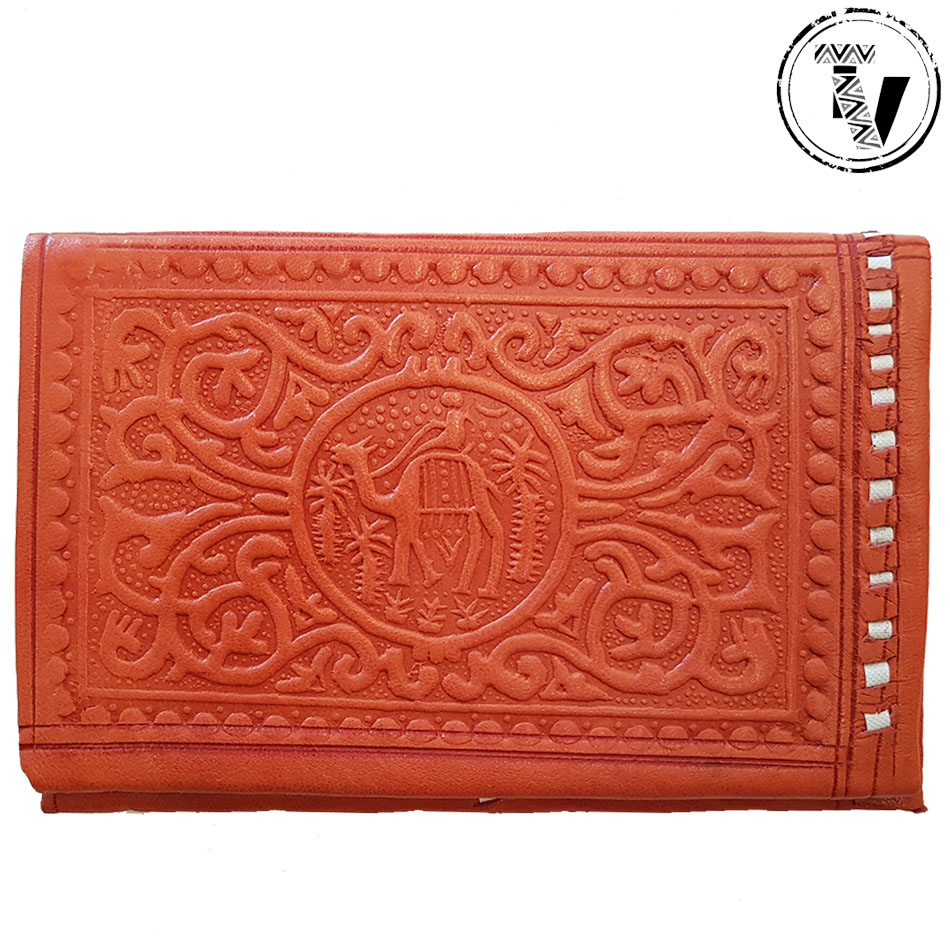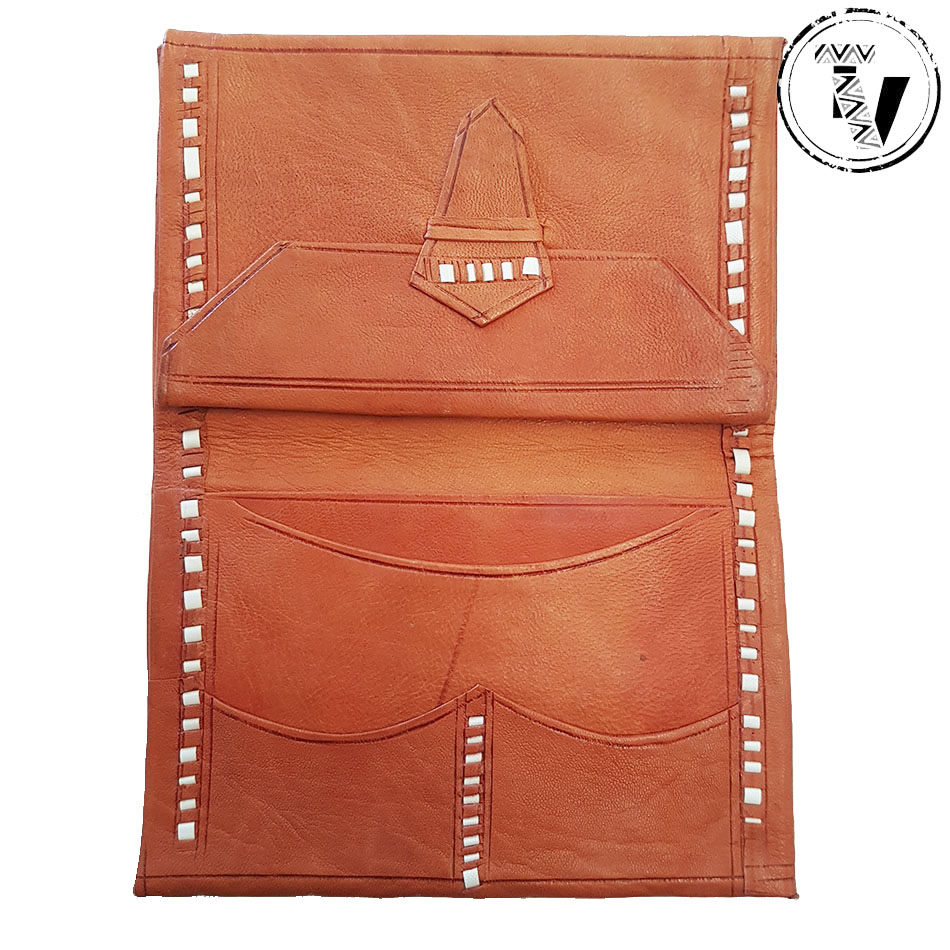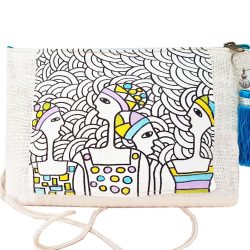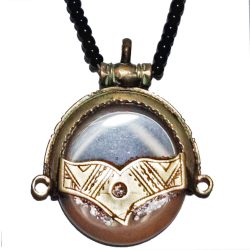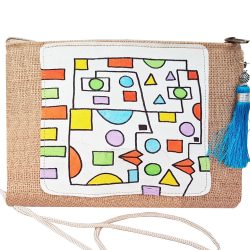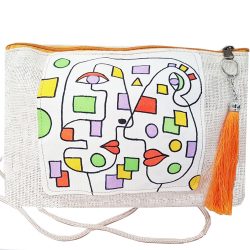Description
Moroccan Tooled Leather Wallet
Has 4 card pockets, 2 larger pouches, 1 coin purse, and large notes sleeve.
7 in total.
Moroccan leather
used in the production of the
Moroccan Tooled Leather Wallets
(also known as Levant, the French Maroquin, or German Saffian from Safi,
a Moroccan town famous for leather)
is a soft, pliable form of leather widely used for gloves and the
uppers of ladies’ shoes and men’s low cut shoes,
but traditionally associated with bookbindings, wallets,
linings for fine luggage, and the like.
Originally Morocco leather was imported to Europe from Morocco,
and from the late 16th century it was valued in luxury book-bindings in Western
countries because of its strength and because it showed off the gilding.
It was also used in the Islamic world from an earlier date.
However, Morocco was often not the original source of leather.
Some of the highest quality Morocco leather, usually goat skin,
used in bookbinding was sourced from Northern Nigeria.
The leather tends to be more famous than
the breed of goat that originally produced it.
The leather is sourced from the Sokoto Red breed,
which is indigenous to Guinea and Sudan Savannah
of Nigeria and Maradi Region in the Republic of Niger.
The finest grades of Morocco leather are goatskin,
but by the late 19th century other skins often were substituted in practice,
particularly sheepskin and split calfskin.
For example, French Morocco is a variety made of sheepskin.
The tanning process varied widely, but the traditional tanning material was sumac.
The traditional tanning process was skilled and elaborate; according to the application,
the preparation either would aim for a carefully smoothed finish
or would bring up the grain in various patterns such as straight-grained,
pebble-grained, or in particular, in a bird’s-eye pattern.
Morocco leather is practically always dyed, traditionally most often red or black,
but green, brown or other colors also were available,
and in modern times there is no special constraint on color.

